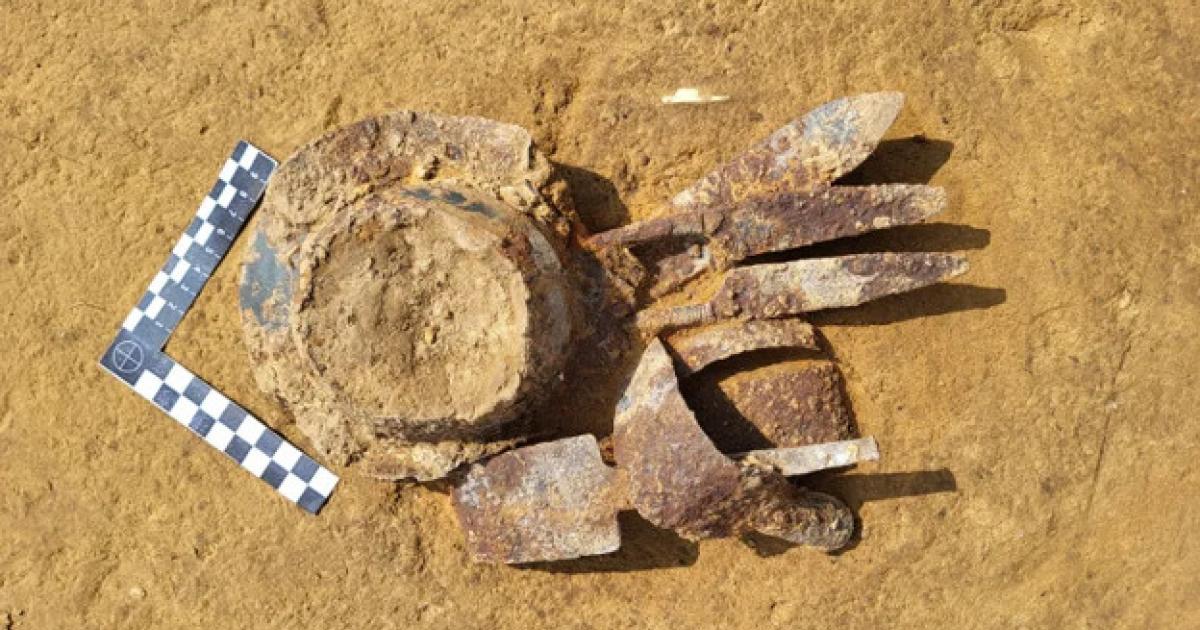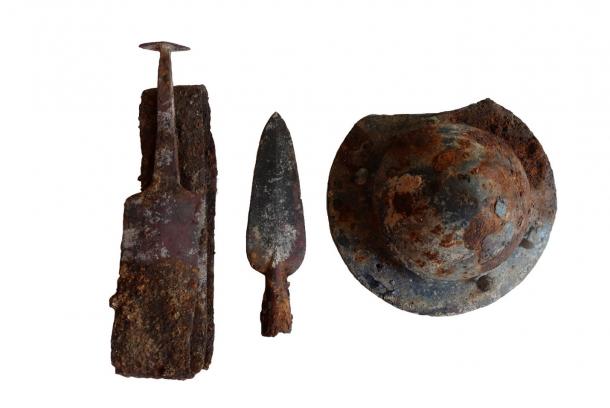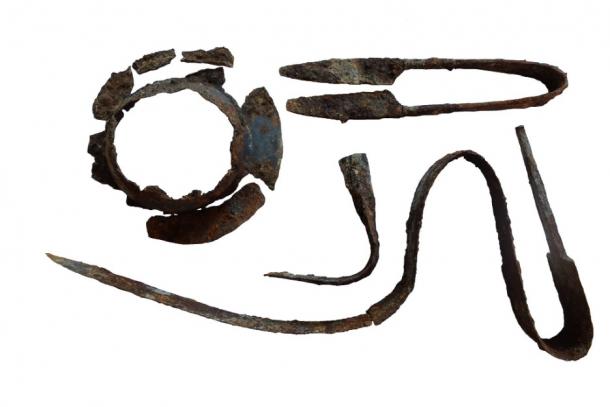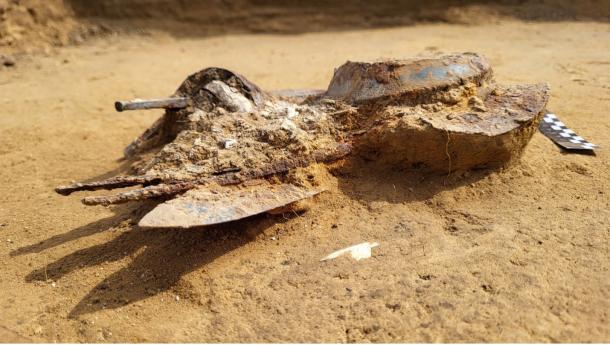The remains of two warriors from the Germanic Vandal tribe have been discovered in a cemetery in Poland. These individuals, interred with their weapons and various artifacts, provide a rare opportunity to examine the burial customs of the Vandal tribe during the late Roman era, specifically around the 3rd or 4th century AD. This significant find was made in the village of Glinka, situated within the Ćmielów commune, at an uncharted archaeological location.
A Vandal Cemetery from the Roman Era

The graves, believed to be linked to the Przeworsk culture, were unearthed in Ostrowiec County, located in Świętokrzyskie Province in southern Poland. This discovery is part of an ongoing archaeological study spearheaded by Dr. Marek Florek from the Office for the Protection of Monuments in Sandomierz. The Przeworsk culture, prominent in regions of Central Europe, is intricately connected to the Vandals, a Germanic tribe recognized for their engagement with the Roman Empire. Dr. Florek indicated that the cemetery likely originates from the late Roman period and sheds light on the practices of Vandal warriors who once lived in this area.

“We uncovered pit graves containing cremated human remains,” Dr. Florek shared with PAP (Polish Press Agency). “The remains, along with the ashes from the funeral pyre, were deliberately placed in the graves—a clear sign of the ritualistic customs tied to Vandal burials.”
The warriors were laid to rest with swords, spearheads, and components of shields, including umbos, which are metal reinforcements for shields.
Rediscovering Celtic Heritage in Ancient Poland
Military artifacts recovered from Grave 1 at the cemetery. (Voivodeship Office for the Protection of Monuments in Kielce)
Rituals Surrounding the Afterlife: The Curved Swords
One of the most notable aspects of the graves was the presence of bent swords, a practice characteristic of the Przeworsk culture. Dr. Florek explained that bending or “killing” a weapon before burial was a ritual believed to fulfill two purposes: first, it enabled the deceased warrior to carry the weapon into the afterlife for continued use; second, it rendered the weapon unusable for others, thus preventing theft and repurposing by the living.

“The fire patina evident on all metallic items suggests that the bodies and their weapons were cremated on a pyre prior to burial,” Dr. Florek detailed. This cremation method, followed by interment with the charred remains, was a customary ritual among Germanic tribes during the late Roman period.
Va-Va-Vandal: Exploring the Life of Gaiseric, King of North Africa
The Destructive Rite of Sword Bending: A Release of Weapons’ Spirits into the Afterlife
Bent sword and additional artifacts retrieved from Grave 2. (Voivodeship Office for the Protection of Monuments in Kielce)
Further Investigations of the Site
The uncovering of these graves marks merely the beginning of what may be a more extensive burial site. Archaeologists speculate that the cemetery in Glinka could hold many additional graves, with plans for future excavations slated for this autumn and extending into spring 2025. Dr. Florek pointed out that similar Roman-era cemeteries often contain hundreds of graves; for instance, a well-documented burial site in Chmielów, near Ostrowiec, uncovered over 150 graves in past excavations. “It is uncommon for such cemeteries to include only a handful of graves,” Dr. Florek noted, implying a potentially vast burial ground.

Burnt bones are visible alongside artifacts in Grave 2. (Voivodeship Office for the Protection of Monuments in Kielce)
Preservation of Valuable Artifacts
The artifacts retrieved from these graves—including swords, spearheads, shield fragments, and personal items like iron scissors and burnt clay vessels—will undergo meticulous preservation and analysis. Following restoration efforts, these significant items are anticipated to be showcased at the Castle Museum in Sandomierz, a key cultural institution in the region. As more graves are excavated in the approaching months, archaeologists hope to further illuminate the intricate social and military dynamics of both the Vandals and the wider Przeworsk culture.

